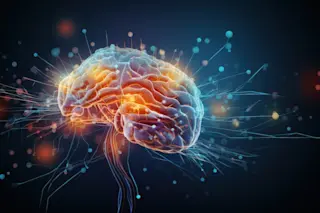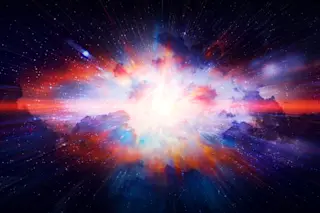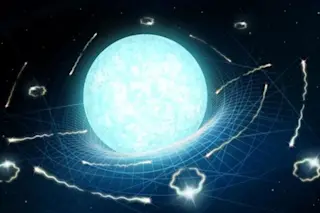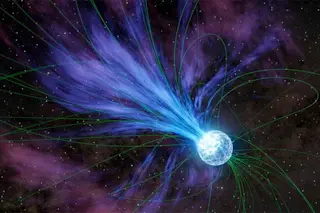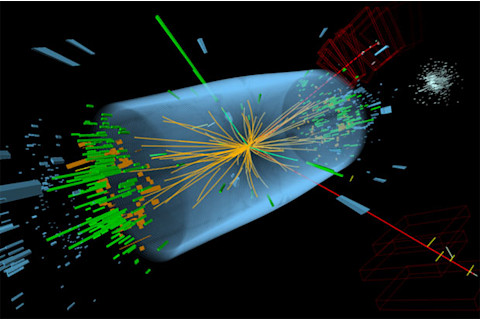
Ever since the 2012 announcement of the discovery of the Higgs boson, researchers have been working to fill in a gap in their measurements—they never yet saw the particle's telltale decay into "matter" particles. This observation was considered an important indicator of the particle's true identity. Now scientists have succeeded in that observation, confirming thatthe particle whose discovery was announced at CERN on July 4th 2012, is indeed the long-sought-after Higgs boson. In a nutshell, researchers determined that the boson whose existence was detected at CERN indeed decays into fermions—as predicted by the standard model of particle physics. Until now, the decay modes discovered at CERN have been of a Higgs particle giving rise to two high-energy photons, or a Higgs going into two Z bosons or two W bosons.

Making the Model The standard model of particle physics is a view of all the particles and forces in the universe that explains the connections among them. Its underlying logic consists of deep mathematical symmetries that are believed to rule the interactions among elementary particles. The model is explained through quantum field theory—an amalgam of quantum mechanics and Einstein's special theory of relativity. (If the general theory of relativity were to also be incorporated into this framework, it should lead to an understanding of quantum gravity.) It is according to the standard model that the Higgs boson (which could be called the Higgs-Brout-Englert-Guralnik-Hagen-Kibble boson, for the other physicists whose work contributed to its discovery) endows particles with mass. Many of the massive particles are, in fact, fermions, and so the Higgs is believed to couple to them. But this could not be proved as long as the Higgs was not found to decay—directly—into any of them. Enter the Tau In the new research work, just published in the journal
physicists fired protons at each other (as the Large Hadron Collider does) and scrutinized the collision results to see if they could find leptons (fermions that are similar to the electron, including the electron itself). In particular, they were looking for the heaviest lepton known, called the tau particle. The reason for this is that the more massive a particle is, the stronger its coupling to the Higgs. The tau is 3,500 times more massive than the electron (weighing in at about 1.8 GeV). And indeed researchers spotted tau leptons with a high degree of certainty, proving a decay of the Higgs boson into leptons. The new findings are at a level of 3.8 sigma. This means, roughly speaking, that there is a 1 in 10,000 chance that the results are a false positive. The physicists are now waiting to confirm the result at the more exacting (and standard in particle physics) 5-sigma level, which would mean the probability described above would be roughly 1 in two million. More work will be necessary, in order to both obtain stronger statistical proof of the new findings, and further verify other properties of the boson. But it looks like we are finally getting pretty close to certainty that the Higgs particle exists, and it agrees with the theory that has launched the massive search for it.


